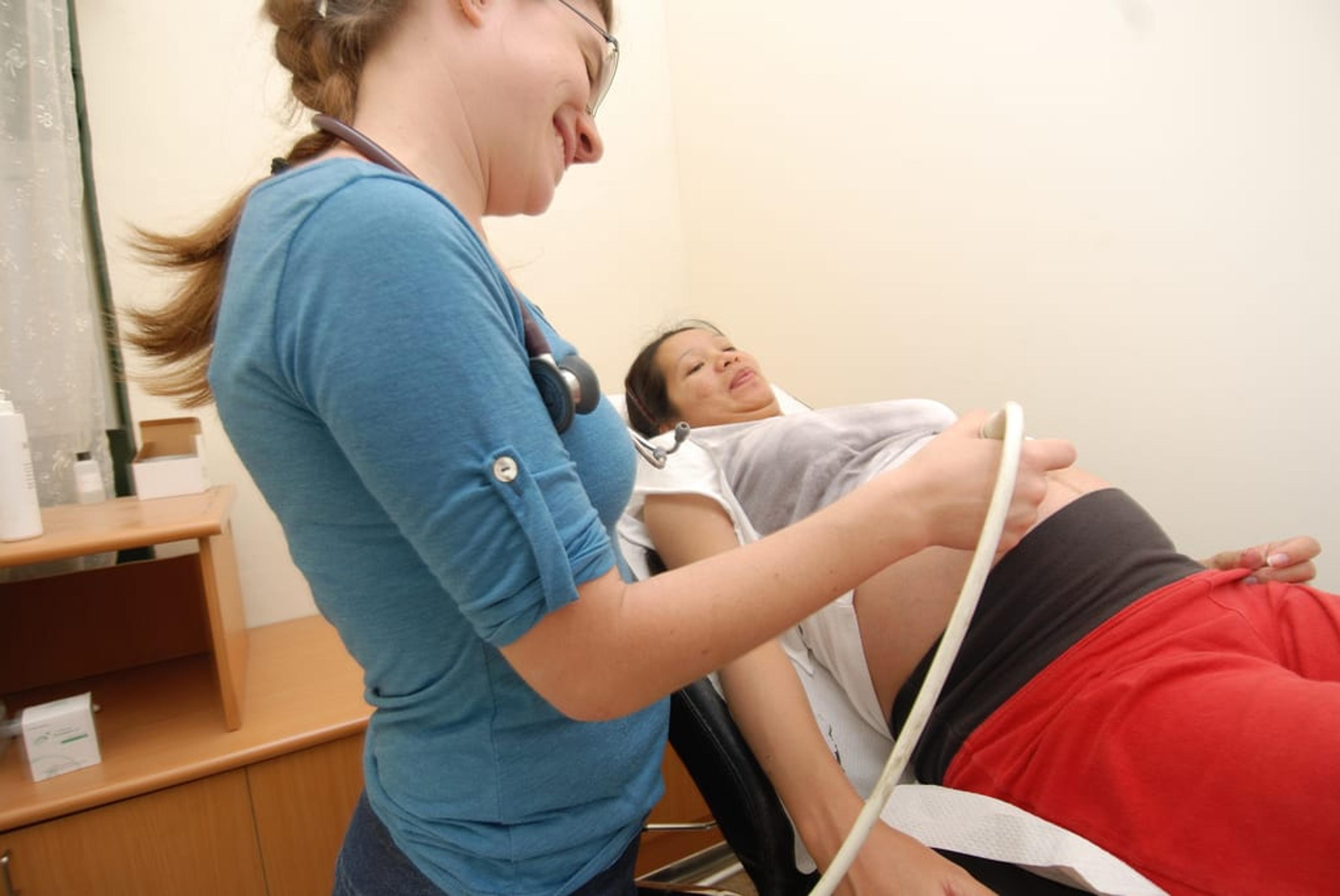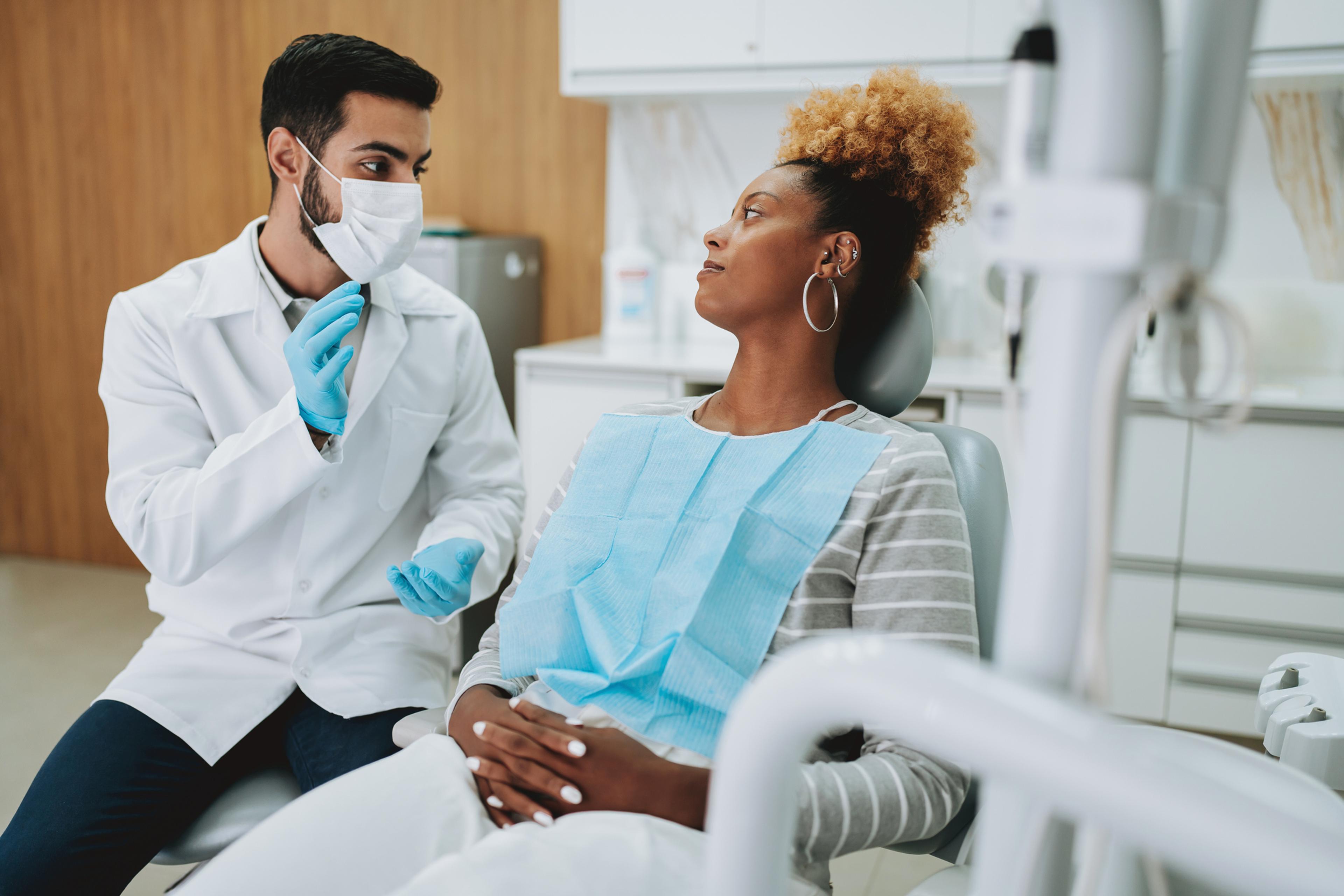Exploring the Unique Health Care Challenges of Homeless, LGBTQ and Immigrant Communities
Maiya Hayes
| 6 min read

"If a health outcome is seen to a greater or lesser extent between populations, there is disparity. Race or ethnicity, sex, sexual identity, age, disability, socioeconomic status, and geographic location all contribute to an individual’s ability to achieve good health.”
Health and access to care often hinge on factors outside of our individual control. For health care providers, effective and patient-centered care requires understanding the unique needs and culture of diverse communities. The issue of health disparities within specific groups of people was addressed during Blue Cross Blue Shield of Michigan’s eighth annual Healthy Safety Net Symposium, which was held Sept. 26 in East Lansing, Michigan. The symposium drew more than 250 leaders of Michigan’s safety net health organizations. During a panel discussion titled “Addressing health disparities in the homeless, immigrant and LGBTQ communities,” panelists offered insights and solutions for all three populations.
Health disparities among homeless people
Homeless people are often so focused on addressing urgent needs, such as finding a place to sleep and food to eat, that getting the health care they need often becomes a low priority. “People are lacking an awful lot — a wide array of things — when they’re experiencing homelessness,” said Eric Hufnagel, executive director of the Michigan Coalition Against Homelessness. “These are things that other people face. But when you’re homeless, it’s exponential.” According to a 2017 statewide data report from the Michigan Coalition Against Homelessness, 83 percent of homeless Michiganders have health insurance — with Medicaid being the primary source. But because homeless people face so many challenging conditions, including the ones listed below, health insurance alone isn’t enough to help them. They need additional resources to overcome: • Being three times more likely to have a disability than the rest of the general population • A lack of appropriate storage for medication and other related self-care items • A daily struggle for food, shelter, clothing and safety • The psychological strain that comes from being homeless • Not having reliable or adequate transportation to get to their initial and follow-up health care appointments “This is a pretty complicated issue with a lot of circumstances,” Hufnagel said. “And they’re not all freestanding instances. There are a lot of things that come together — a lot of factors that people are dealing with.” Addressing all those factors used to be the top priority for advocates of the homeless community. But in the past 10 to 15 years, the focus has shifted to getting permanent housing for this vulnerable population before dealing with anything else. The philosophy is: “Let’s get them some stabilized housing, so they can focus on the things they need for that self-care,” Hufnagel said.
Health disparities among LGBTQ people
It’s estimated that 40 percent of American youths who experience homelessness identify as members of the LGBTQ community. But homelessness is just one of many factors that have led to health disparities among LGBTQ people. To investigate and begin addressing these issues, the National Institutes of Health established a Sexual and Gender Minority Research Office in 2015. During the health disparities session at Blue Cross’ Healthy Safety Net Symposium, Lilianna Angel Reyes spoke candidly about why members of her community struggle to receive the health care they need. Reyes is the interim director of Affirmations, the largest LGBTQ community center in Michigan. “It starts with each and every one of you all,” she said. “So when you’re talking to people, and people say something that you consider homophobic, speak up. Because otherwise, those microaggressions create policy, they create procedure, and they allow people in power who don’t believe in LGBTQ rights to use those microaggressions to create policies that keep people from really, truly reaching their true health potential.” Reyes said that transgender exclusions in health care policies, a lack of gender-neutral bathrooms at many medical facilities and other heteronormative biases have had “a direct impact on LGBTQ people and their mental health.” It’s unreasonable to ask people who are poor, homeless and lacking faith and resources to “jump through those hoops” to get decent health care, she added. Reyes and her Affirmations staff provide training to several medical schools in Michigan. They use their training sessions to emphasize using the right language to create a supportive environment in which all patients feel that their individual needs are being met. “As a trans woman of color, if you talk to me the same way you to talk to everyone else, then you don’t get me,” she said. “And if you don’t get me, then I can’t understand you, and I can’t trust you to take me to my next level of healthiness.”
Health disparities among immigrants
The federal government defines the racial identity of Arab Americans as “white.” And that designation may be limiting organizations’ efforts to address health disparities in that community, according to Madiha Tariq, the public health programs manager for ACCESS. ACCESS, also known as the Arab Community Center for Economic and Social Services, is a community health organization in Metro Detroit that has served Arab Americans and other communities in Michigan for more than four decades. Tariq said that Arab Americans not being recognized as a minority group on a federal level makes it difficult to collect current data that could analyze their specific health issues. “What I believe is that identity is a public health issue,” she said. “Immigration status is a public health issue. These are social determinants of health that impact health outcomes for communities.” During the health disparities panel, Tariq shared data from 2013 that said “1 in 4 Arab Americans in Michigan reported not having access to good health care.” She expressed disappointment in not having current statistics to share. In addition, Tariq discussed the proposed “public-charge rule,” which might affect or discourage Arab Americans’ health care usage in the future. This rule could “mean that when you’re seeking immigration, the immigration officers will look into all of the public services you have utilized, which includes Medicaid,” Tariq said. “And that can impact how quickly you can get your green card or if you can get your green card.” But despite these challenges, Tariq and ACCESS are finding ways to uplift the health of their community. For example, ACCESS partnered with Blue Cross to launch a cessation app for hookah users called “Be Hookah Free.” “Hookah is a big thing, and I don’t think it’s (just) an Arab American or immigrant issue anymore,” Tariq said. “Hookah is perceived as safe smoking; whereas our research shows that one session of hookah equals at least 100 cigarettes.” In addition, ACCESS is using integration, empowerment and partnerships with research to help their community. Tariq said that by investing in someone long term, you’ll create a person who will eventually want to give back to his or her community. To illustrate her point, she mentioned a community garden established by ACCESS’s patients. “And now they fill baskets with produce and take them to families in need,” Tariq said. “So it’s creating that circle of empowerment.” If you found this post helpful, take a look at these:
- Social Needs and Their Impact on Health Care
- "I Would Have Missed So Much"
- What Are Social Determinants of Health?
Photo credit: Physicians for Human Rights





